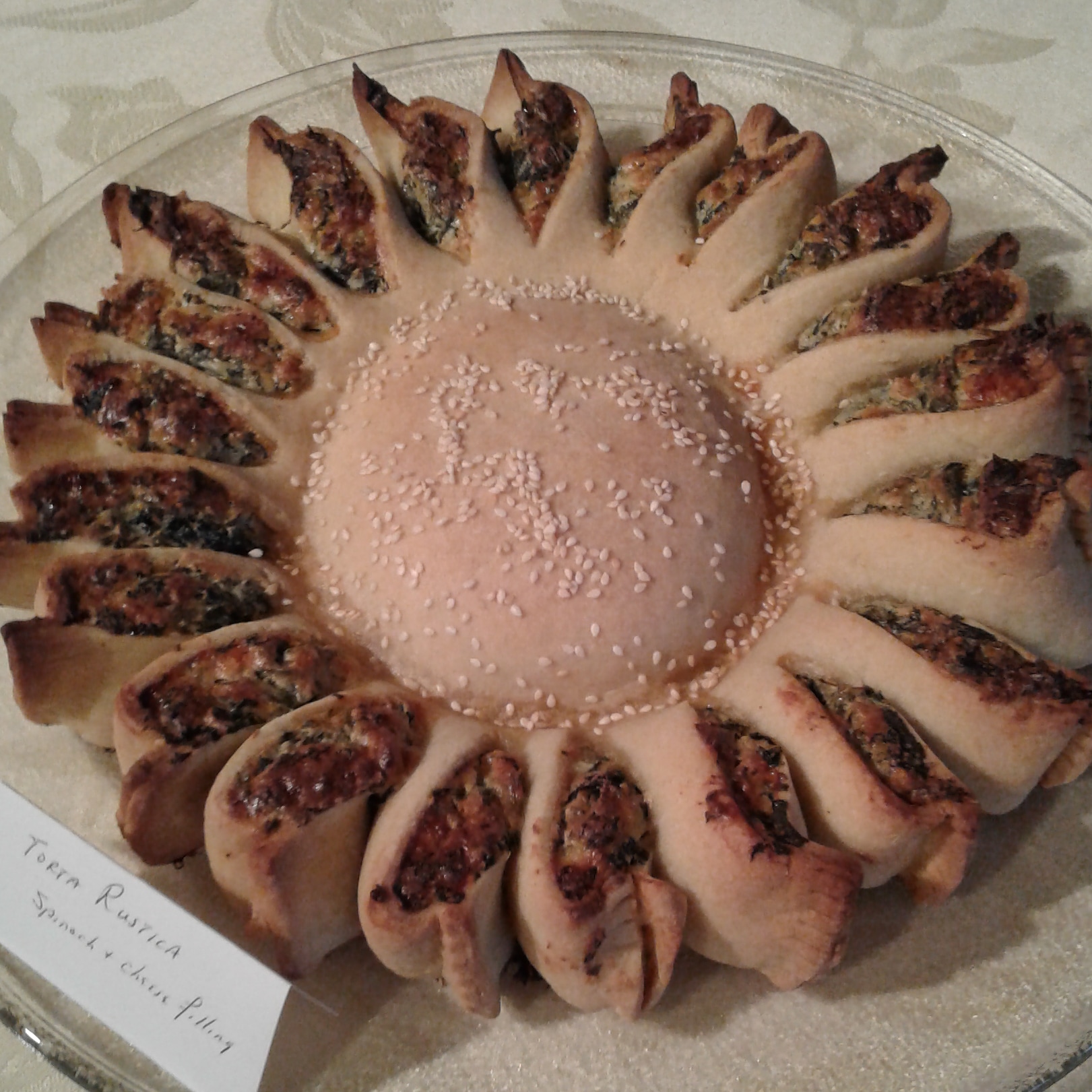
When I first saw a picture of this elegant pastry I knew I had to make it. It is a starburst of flavorful beauty that elevates any party! The problem is, after one attempt I realized that I didn’t like the filling (only four ingredients) or the dough (too dry), and the baking temperature /time was all wrong. But the description of the construction (with photos) was so good I mostly followed the instructions for future tortas, but definitely not the ingredients. Instead I used ingredients similar to a Greek spanakopeta for the filling, adjusting them to match the packaging, and a boiled dough I like that is easy to shape.
FILLING:
1 – 10 oz pkg frozen spinach – thawed and squeezed dry
1 – 15 oz container of Ricotta cheese
1 – small onion – chopped and sauteed in oil until translucent, not browned
2 – cloves of garlic – chopped and sauteed in oil until translucent, not browned
½ cup Parmesan cheese
½ cup feta cheese
½ tsp dried thyme
1/3 cup Italian parsley – chopped
Salt and pepper, and cayenne pepper (optional), to taste
Mix all above ingredients together, taste and adjust seasonings if needed
Mix in one beaten egg
Use immediately or refrigerate while you make the dough.
PASTRY:
For the pastry I used the “boiled dough” recipe I use for empanadas:
1 ¼ cups water
½ cup olive oil
½ tsp salt
Bring just to a boil and off-stove quickly stir in
4 cups flour until combined
Set aside 1/3 cup breadcrumbs for use in construction
CONSTRUCTION: Turn crumbly dough out on flat surface and knead until it comes together (I wear kitchen gloves for this because the dough is still quite hot) separate into thirds and cover two with plastic. Roll out remaining dough on a floured surface until about 13 inches round. Place on parchment paper for ease of moving once constructed. Sprinkle dough with bread crumbs (basically in the ring and mound areas) to absorb any excess moisture from the filling.
Disregard the instructions on the photos – these are for illustration only

In the center of the dough mound some of the filling. Then make a ring of the remaining filling around it leaving space to crimp the dough down between them. The center will become the sunflower seed part and the ring will become the leaves – see photos.
Roll out another portion of dough slightly larger than the first, and drape it over the filling roughly shaping the mound and ring with your hands. Next, a small bowl is essential – one with a rounded edge won’t cut the dough when you press it down to seal it. Cut off excess dough ¼ inch outside of ring, then using a fork, crimp the outside edge of the pastry to seal it.
Disregard the instructions on the photos – these are for illustration only
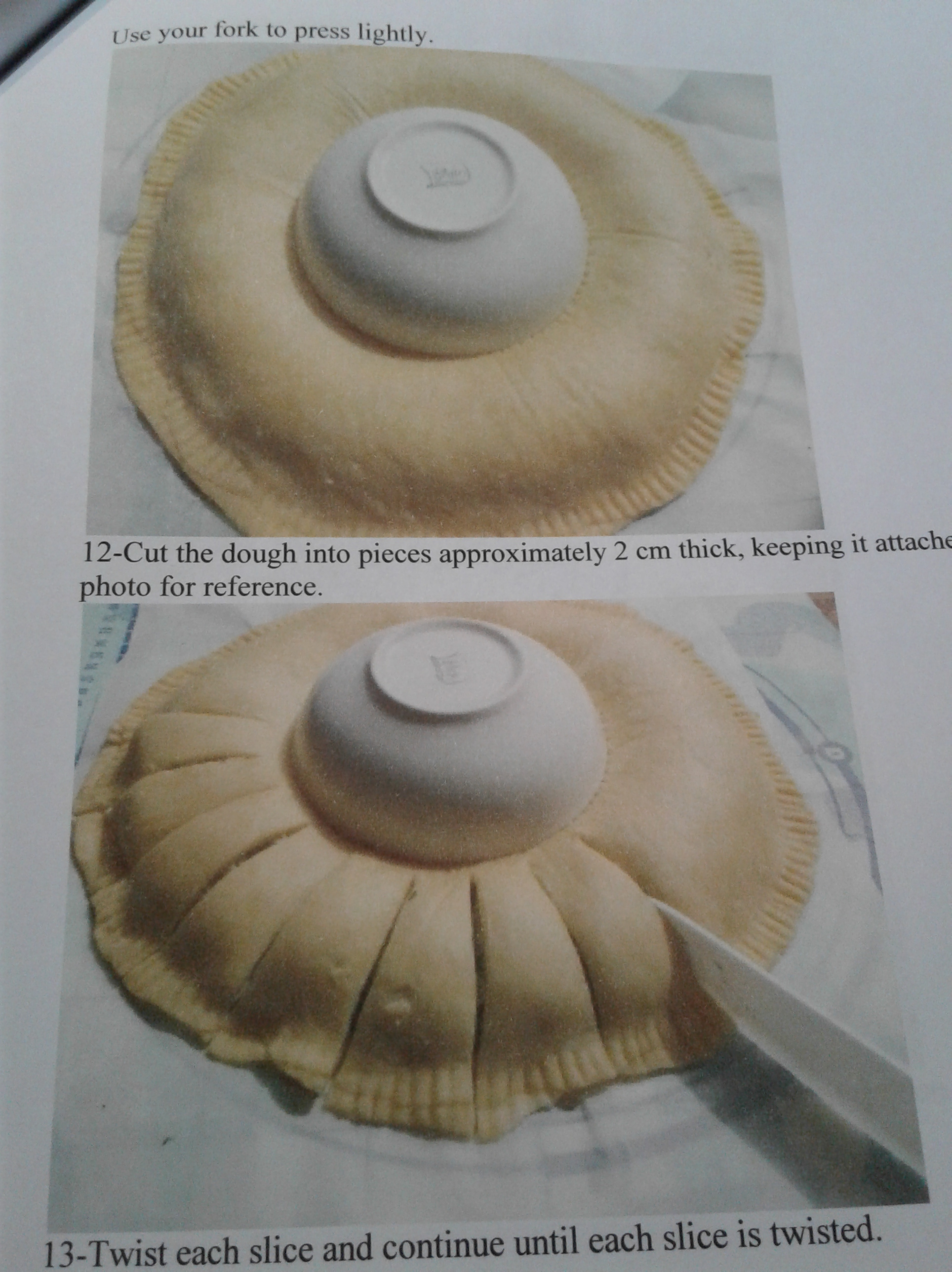
Leaving the bowl in place, make cuts 1 inch apart all the way around the bowl to make the “leaves” bite sized. Then gently lift each “leaf” up and give it a quarter twist to the right so that the filling is pointing up. Repeat until all are turned.
Lightly oil the center mound and sprinkle with sesame seeds if desired. Then slide onto a baking sheet.
NOTE: I measured my largest baking sheet and made my pastry round small enough to fit in it. You have some flexibility here to go larger or smaller to fit your pan.
Disregard the instructions on the photos – these are for illustration only

Bake at 375 for 40-50 minutes on the center rack of your oven until lightly browned, turning once after 20 minutes. Let cool on the baking sheet for 30 minutes. Slide onto a serving plate. Serve room temperature.
ADDENDUM: The pictures are the key to your success. However, if your top crust tears or breaks during the construction, remember – you have another piece of dough as insurance – so you can remove the damaged piece and make a new one. Depending upon your ability, after some practice you can use the excess dough for a one or two crust pie. (It makes a lovely quiche.) Or make two smaller tortas. Now that would be a spectacular presentation!
Let me know what you think in the comments below, and please share your photos there too!

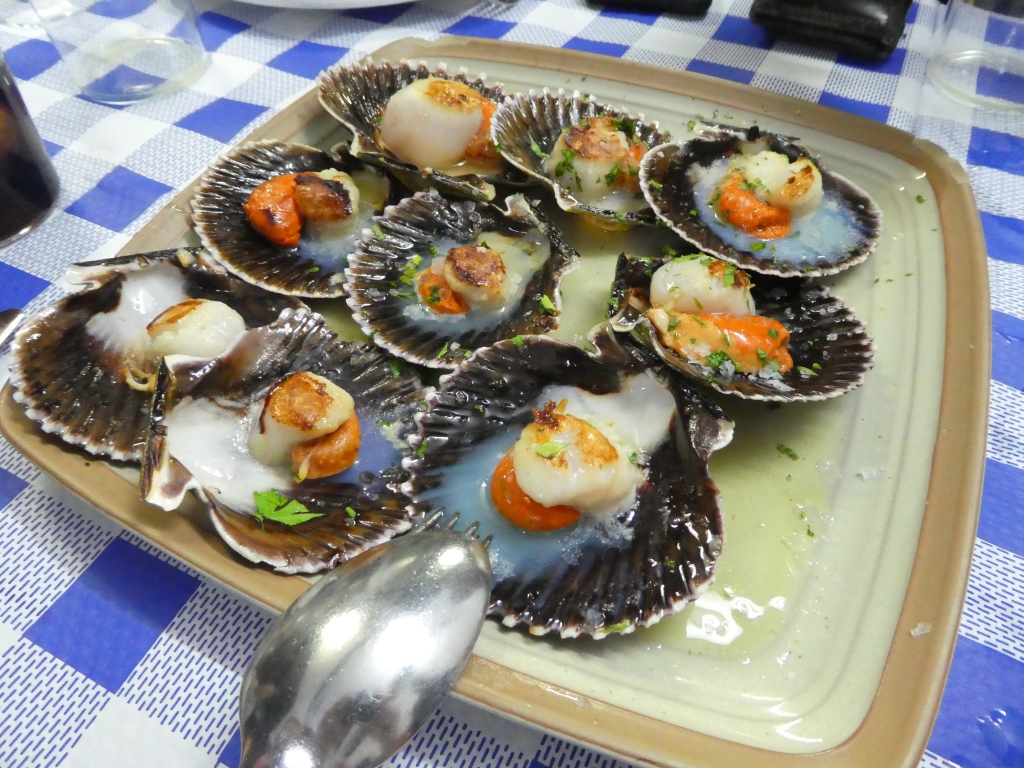

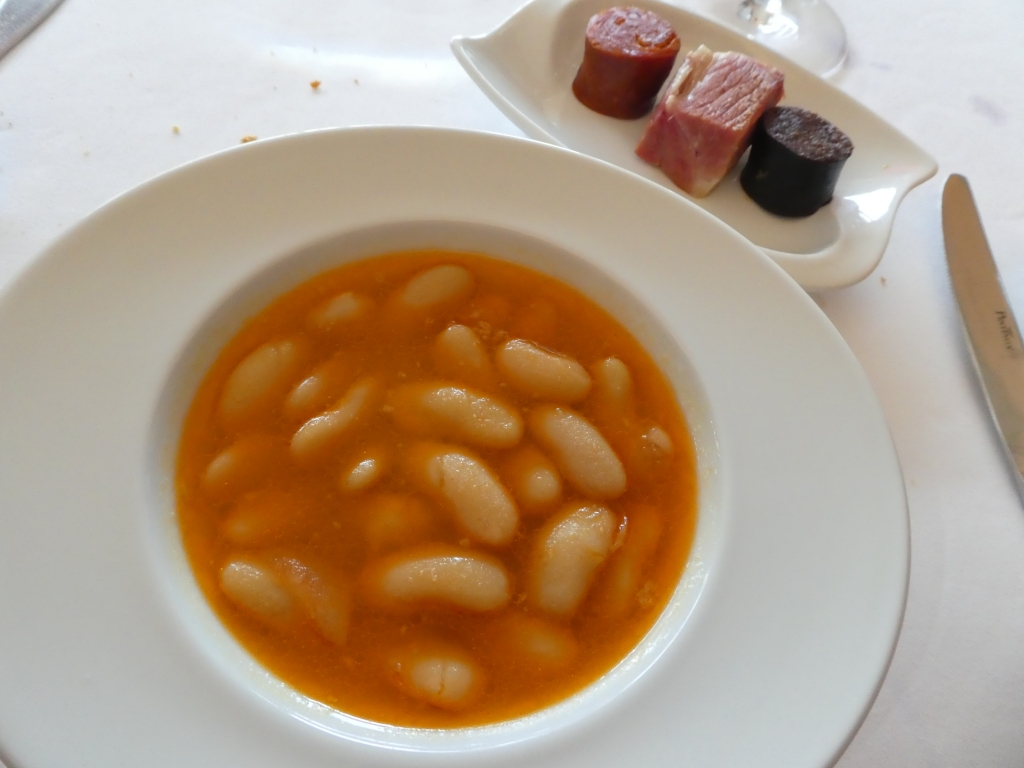

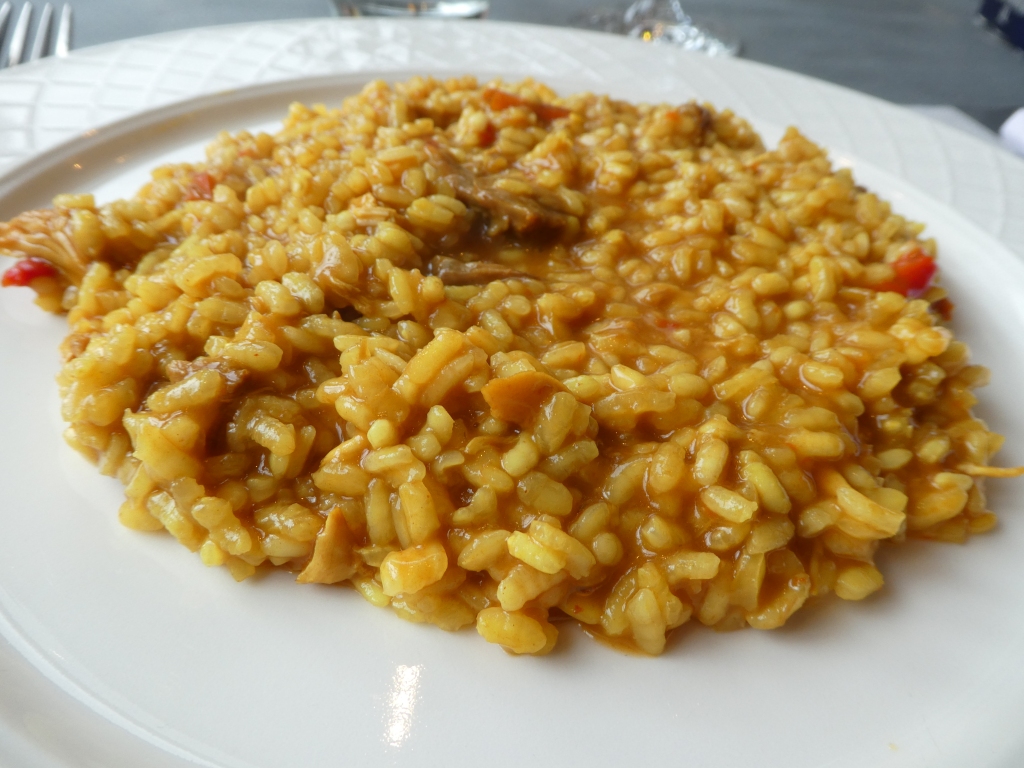






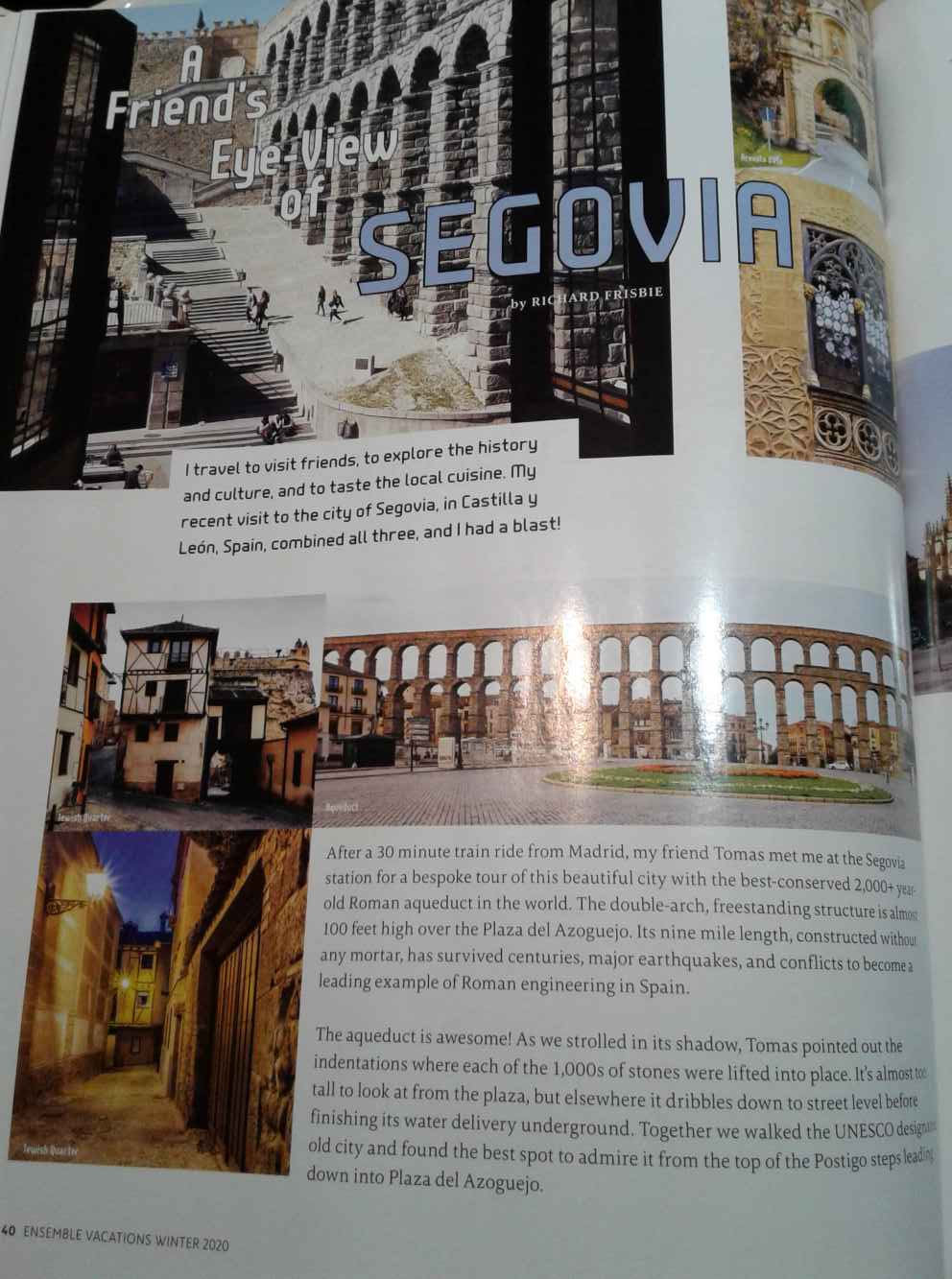







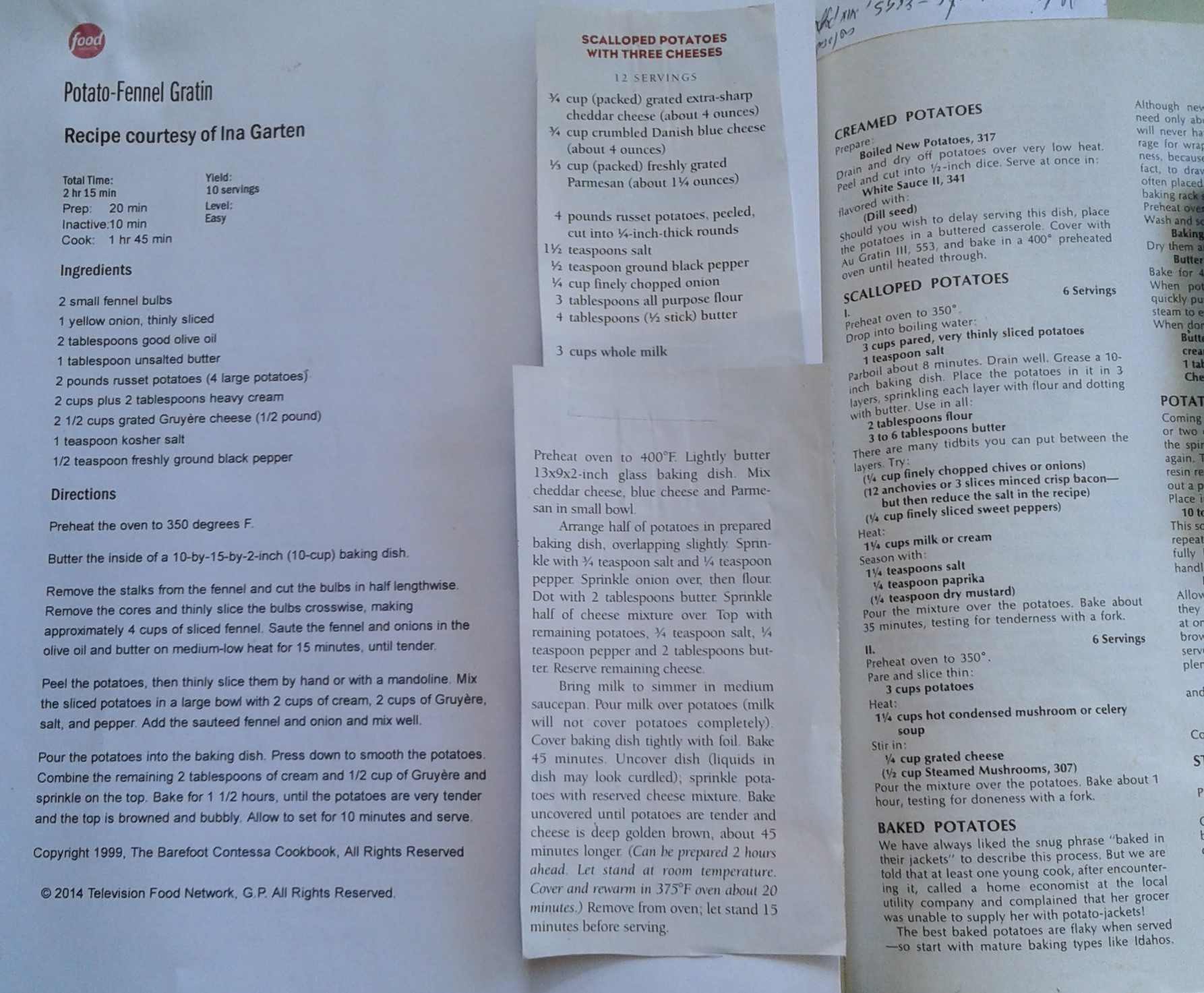











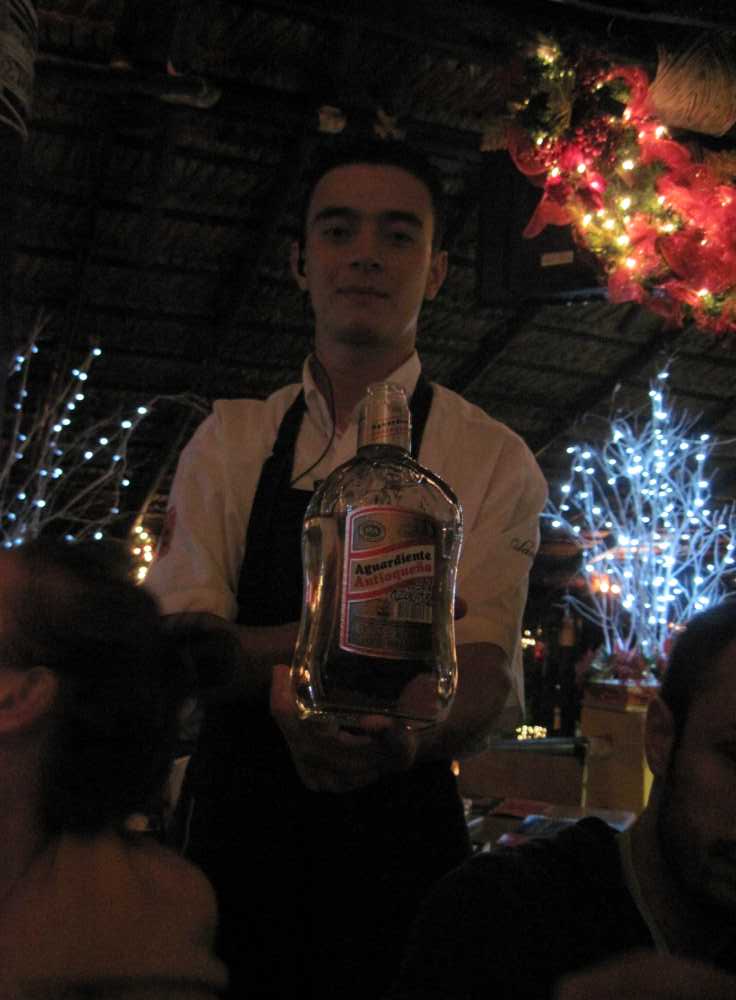
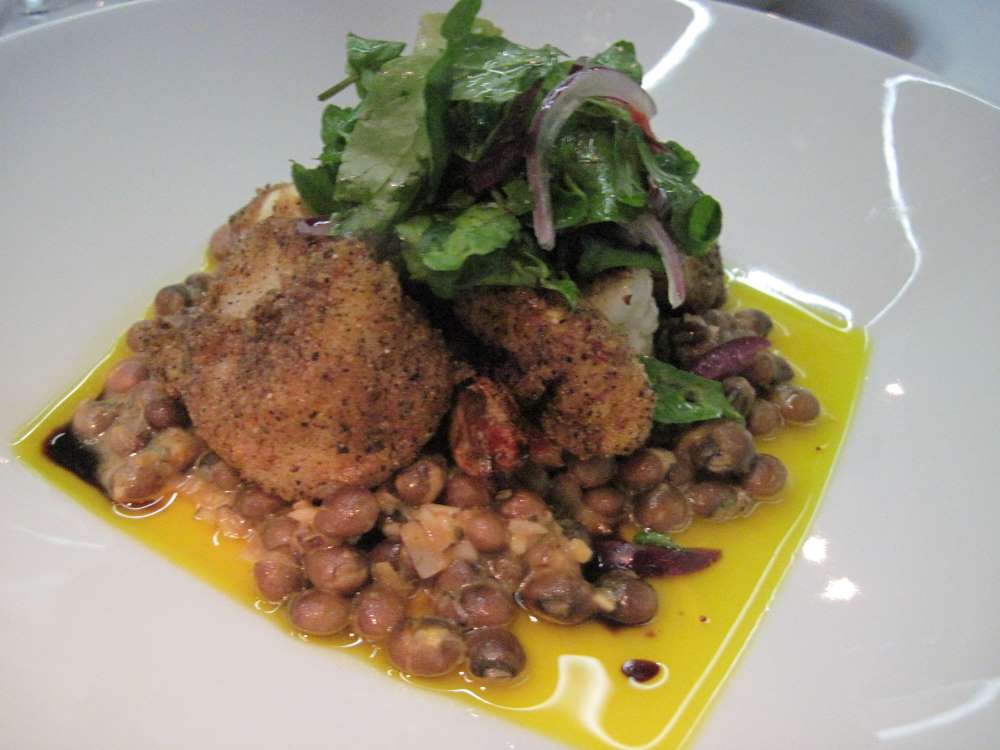


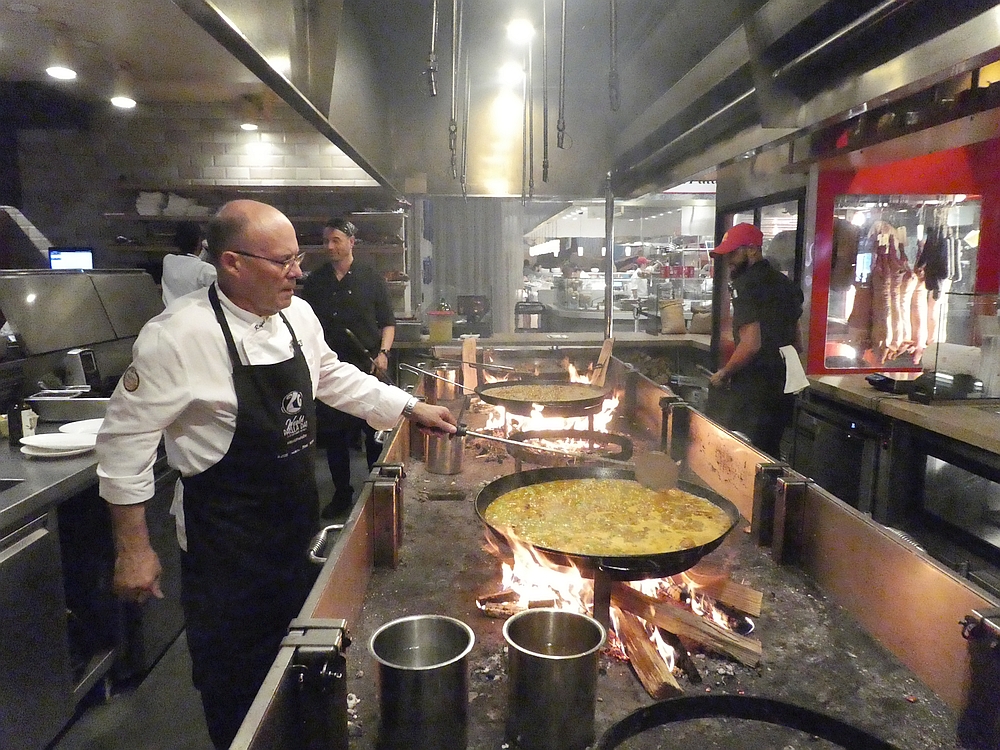 Chef Rafael Vidal from behind the line
Chef Rafael Vidal from behind the line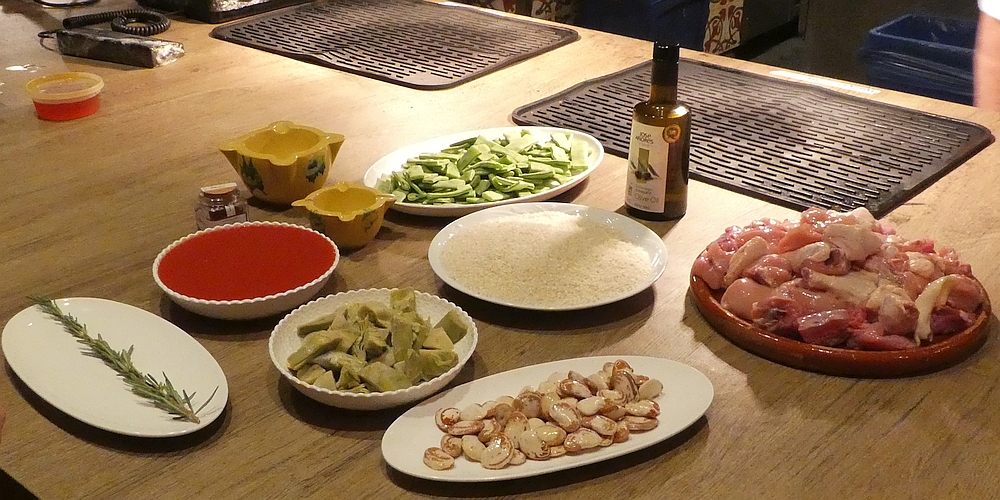 Clockwise from top right: bone-in chicken legs and rabbit, fava beans, artichoke, rosemary, tomato, saffron & salt, green beans, rice, olive oil. (not shown – water) Serves 12
Clockwise from top right: bone-in chicken legs and rabbit, fava beans, artichoke, rosemary, tomato, saffron & salt, green beans, rice, olive oil. (not shown – water) Serves 12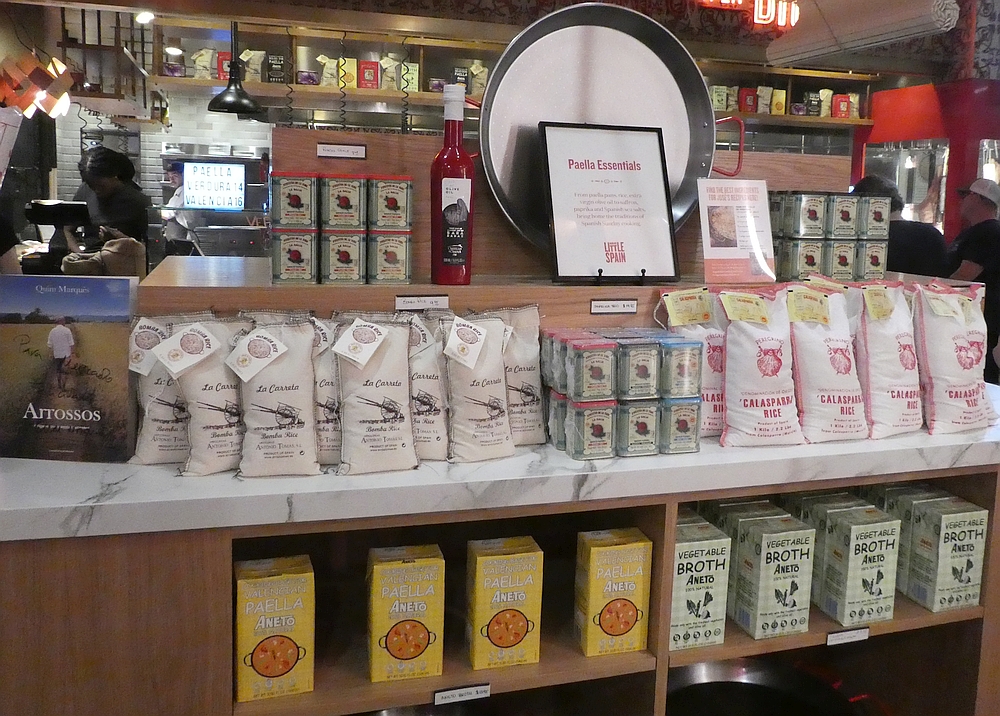 display of paella ingredients for sale at Mercado Little Spain
display of paella ingredients for sale at Mercado Little Spain finished paella
finished paella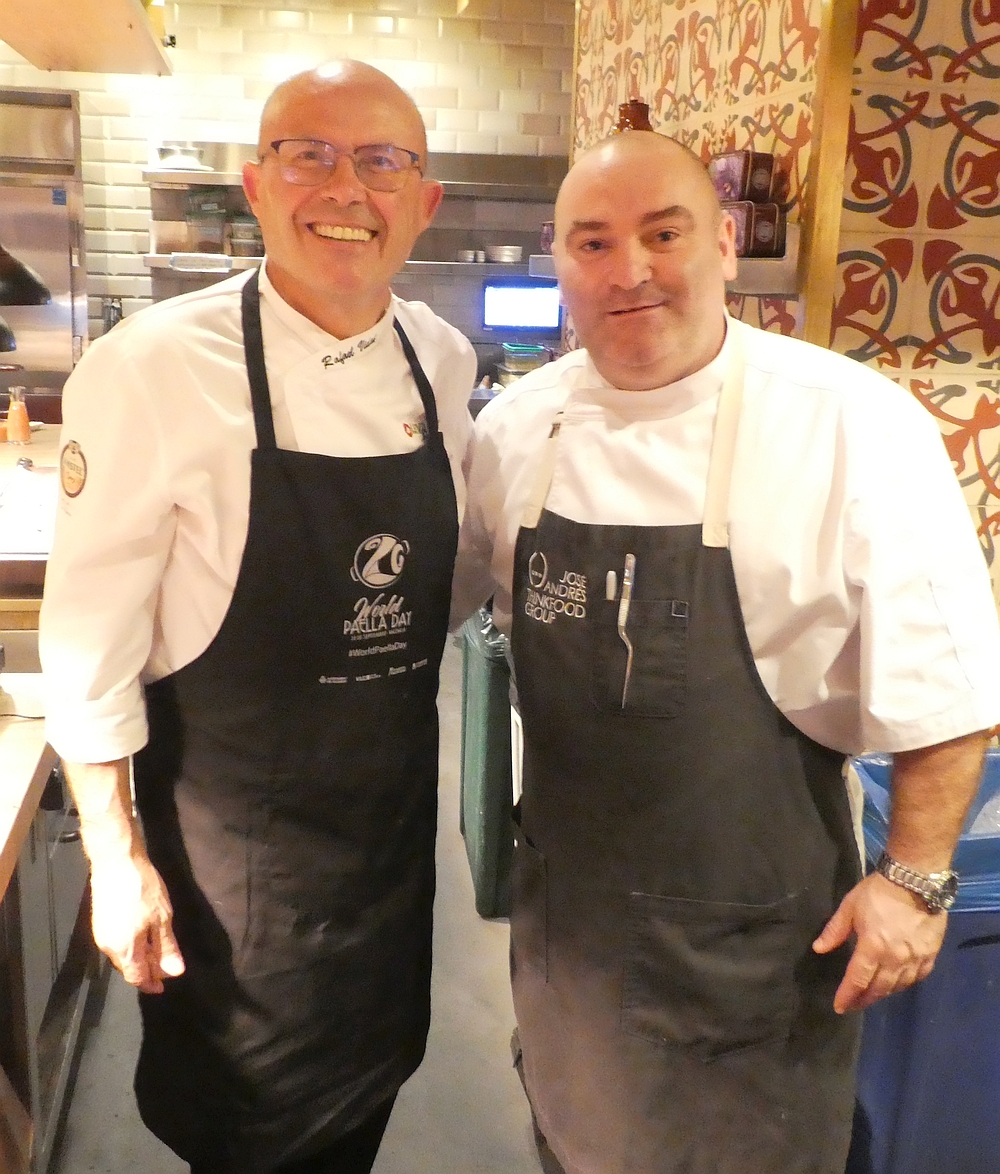 Chef Vidal & Chef Andres
Chef Vidal & Chef Andres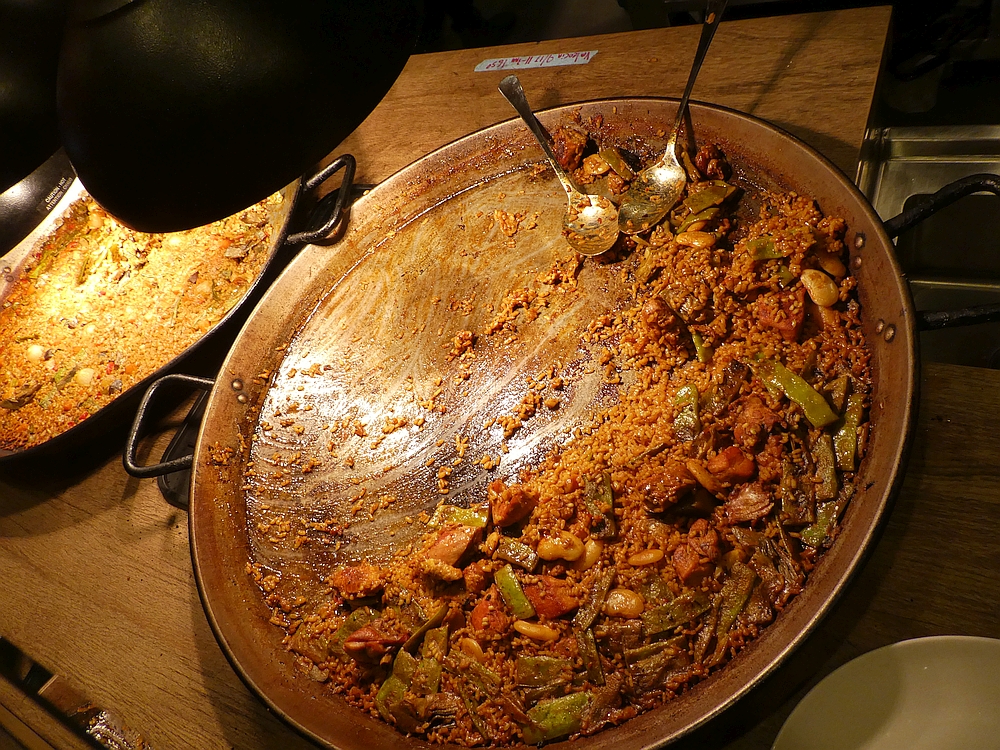 finished paella
finished paella
